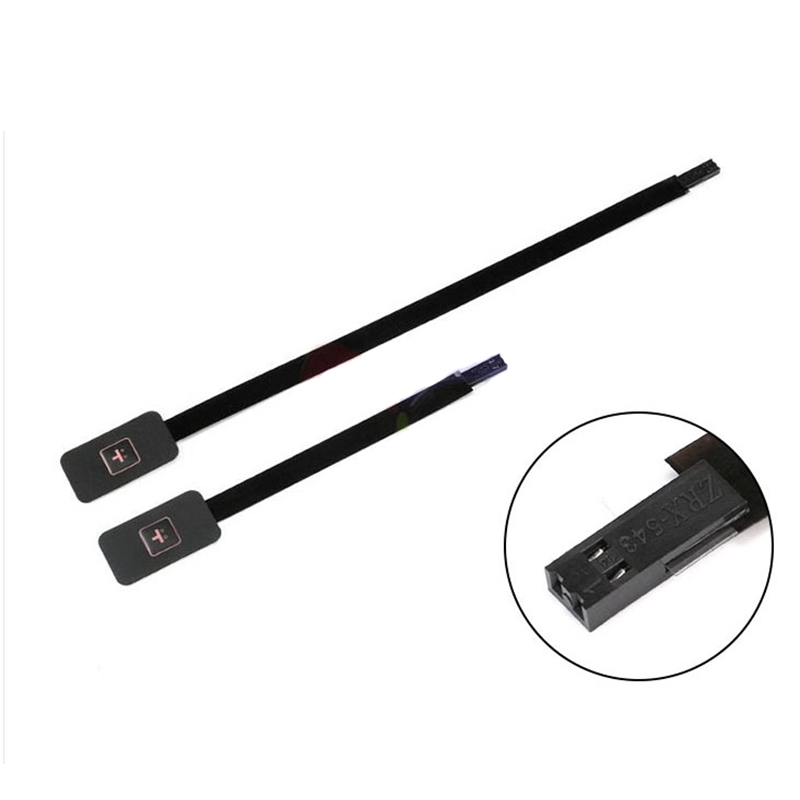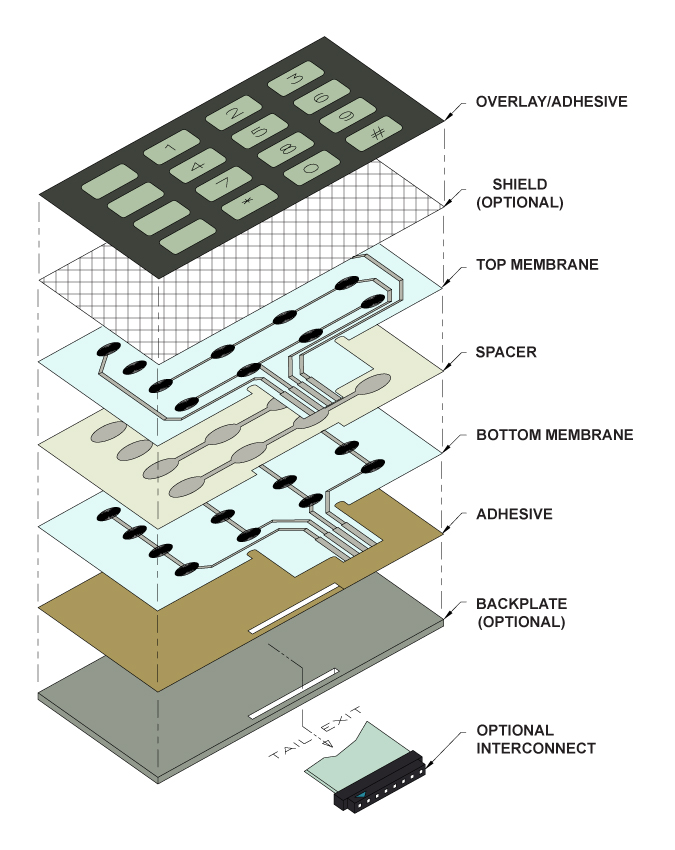Why Membrane Changes Are Crucial for Durable Control Systems
Membrane layer buttons play an essential function in ensuring the sturdiness and dependability of control systems throughout numerous sectors. As we check out the diverse advantages of membrane layer buttons, it ends up being evident that their significance goes beyond simple performance, influencing individual experience and operational effectiveness.
Introduction of Membrane Buttons
Membrane layer buttons are functional and reliable parts commonly used in numerous electronic control systems. The visuals overlay gives both functional and visual style, while the spacer layer ensures that the buttons are activated just when pressed.
Membrane layer switches are usually preferred in applications requiring a small and light-weight layout, making them excellent for handheld tools, medical devices, and commercial machinery. They can be tailored to meet certain individual demands and can incorporate numerous features such as backlighting, responsive responses, and several shades. In addition, membrane layer switches are immune to dust, dampness, and contaminants, making them ideal for environments where resilience is necessary.
Advantages of Toughness
In several applications, the resilience of membrane changes offers considerable advantages that improve their general efficiency and reliability. These switches are created to hold up against harsh environments, making them suitable for usage in demanding conditions such as high moisture, extreme temperature levels, and exposure to chemicals. Their robust construction aids to stop damages from physical influence, making certain long-lasting functionality and reducing the requirement for regular substitutes.
Additionally, membrane layer buttons are resistant to deterioration, which is critical in applications where constant interaction occurs. This sturdiness equates to reduce maintenance prices, as organizations benefit from reduced downtime and less service interruptions. Furthermore, the encapsulated design of membrane switches safeguards internal elements from dust and dampness ingress, further adding to their life expectancy.
Another advantage is their ability to keep constant performance over time. With a high tolerance for mechanical stress and anxiety, these buttons preserve their responsive comments and electric stability, making certain user contentment. Ultimately, the durability of membrane layer switches not only improves functional efficiency however also promotes confidence in their integrity, making them a favored choice for control systems throughout various fields.
Applications in Different Industries
Durable control systems using membrane switches discover considerable applications across a series of sectors, each gaining from the distinct qualities these buttons supply. In the clinical sector, membrane switches are crucial for gadgets such as person monitors and diagnostic tools, where reliability and convenience of cleansing are paramount. Their resistance to wetness and impurities guarantees they maintain functionality in sterile atmospheres.
The automotive industry leverages membrane layer buttons for you could look here control panel controls and infotainment systems, where they supply streamlined, inconspicuous interfaces that improve user experience. These switches are additionally created to hold up against harsh conditions, including exposure to extreme temperature levels and resonances.
In commercial setups, membrane switches are typically utilized in machinery control panels, providing tactile comments and toughness essential for high-usage applications. Their capability to resist chemicals makes them suitable for making atmospheres where spills and pollutants are constant.

Customer electronic devices, such as kitchen area home appliances and push-button controls, also utilize membrane layer switches for their flexibility and cost-effectiveness. In general, the adaptability and durable nature of membrane layer changes make them important across numerous fields, making sure effective operation and long life in control systems.
Style and Aesthetic Charm
While performance is critical, the layout and visual appeal of control systems equipped with membrane layer switches play an essential role in customer interaction and overall experience (membrane switch). The aesthetic design of these buttons can substantially influence user assumption and interaction. A well-designed membrane layer button enhances the beauty of the tool, making it much more enticing to individuals and fostering a link between the customer and the product
Membrane layer switches supply a good deal of adaptability in design, permitting producers to tailor graphics, colors, and structures to align with brand identification and item visual appeals. The usage of vivid colors and unique patterns can attract interest, while responsive comments can reinforce the individual's interaction with the device. Furthermore, the capability to incorporate LED indicators and backlighting into the membrane button style provides both practical and visual benefits, boosting exposure and use in various settings.

Enhancing Customer Experience

Additionally, membrane layer buttons can be tailored to include visual user interfaces, boosting use by offering information in a clear and intuitive manner (membrane switch). This customization can include icons, labels, and color coding that overview customers via facility capabilities with convenience. In addition, their convenience enables assimilation in numerous settings, making sure constant performance whether in industrial Going Here machinery or customer electronic devices
The longevity of membrane layer buttons likewise plays a vital function in user experience. By withstanding harsh problems and prolonged use, these switches lower the chance of system failings, therefore advertising dependability and individual confidence. Eventually, the strategic usage of membrane layer switches not just boosts performance but additionally substantially enhances user communication with control systems, making them a vital element in modern layout.
Verdict

Comments on “Membrane Switches vs. Mechanical Switches: What You Need to Consider”